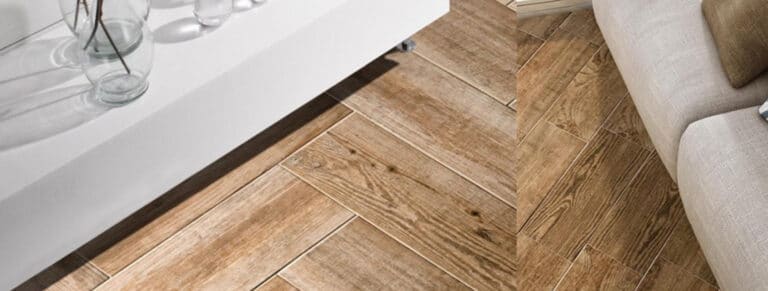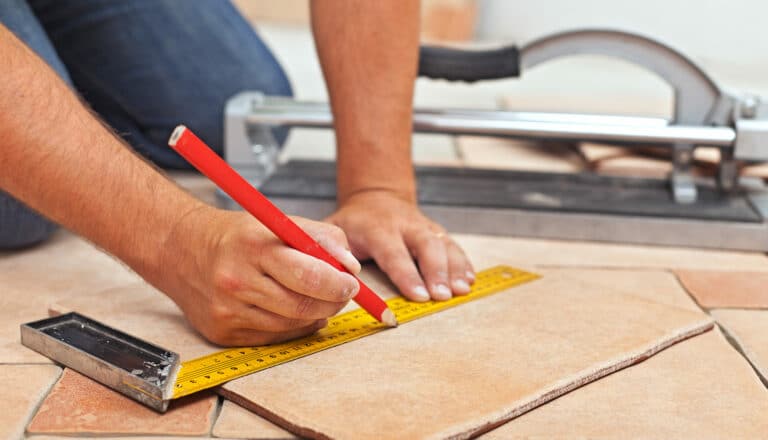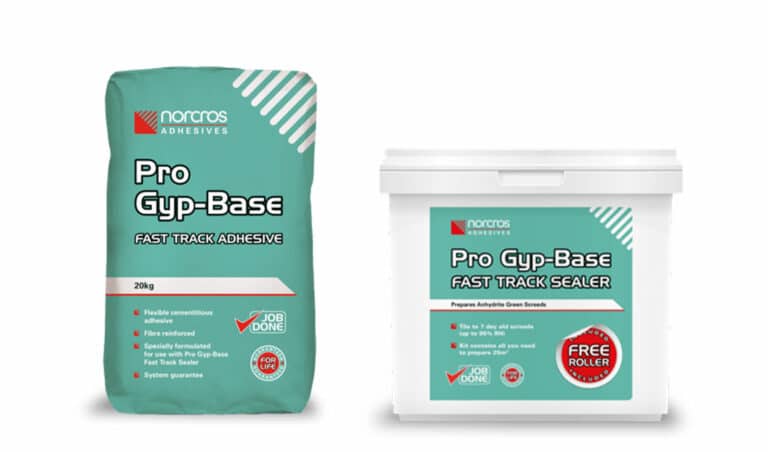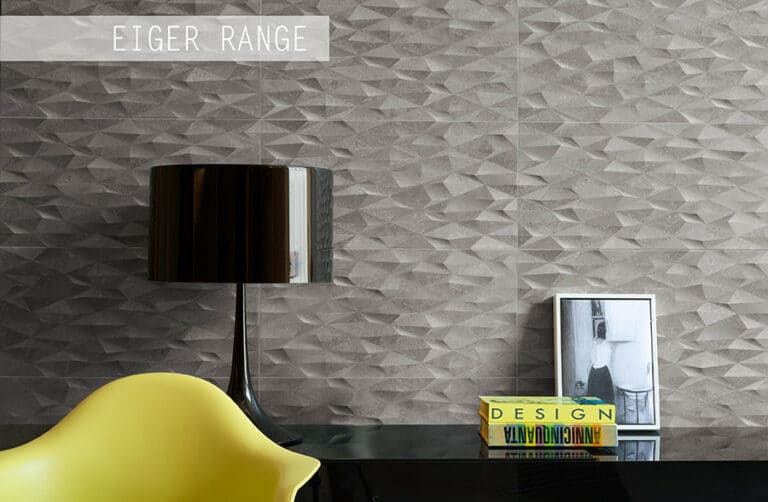Buying Tiles
How many tiles should I order?
Before this question can be answered, it is necessary to:
- Know the area of the surface to be tiled
- Establish the tiling technique and pattern (with closed joints i.e. with the edges of the tiles touching, or with joints of a few millimetres between tiles, with continuous or not continuous joints; in a parallel or diagonal arrangement).
- Even a delivery of Top Quality tiles may contain some defective tiles (the standards permit up to 5% of the tiles in a Top Quality batch to be defective);
- Some tiles must be cut or drilled, so that a certain number will be discarded. The number that is discarded will depend on the tiling surface, especially if there are irregularities, and on the tiling technique (for example, diagonal tiling creates more discarded tiles than parallel tiling);
- After tiling, some tiles should be saved for any future repairs.
It’s also important to have a sample to show if the consumer has any complaints concerning the tiles.

About 10-15% extra tiles should be ordered than are actually required for the surface.
The quantity should be carefully calculated before the order is placed, because tiles sent in a subsequent delivery may not be identical to those of the original delivery.
How do I make sure that the tile delivery is satisfactory?
All product details must be set out in the order (manufacturer, catalogue listing, format) together with the tile class and other features that have been specified.
Class: Top quality is defined by the standards. Concerning visual blemishes, no more than 5 tiles per hundred may display such blemishes. The other classes (second class, third class, top commercial quality, kiln output, etc.) are of lower quality and may contain a greater number of defects.
These lower quality tiles obviously cost less than the Top Quality tiles. Choice Class definitions may, however, vary from one manufacturer to another.
If you are buying tiles of a quality that is inferior to Top Quality, you should therefore ask the manufacturer, via the dealer, to explain what he means by a given class.
The delivery is also defined by two other parameters: “colour shade” and “work size”.
These are displayed on each pack of tiles.

Colour Shade: the shade of colour of the batch of tiles delivered.
Industrial manufacturing processes make it technically impossible to obtain tiles that all have exactly the same shade of colour.
There may be small variations between otherwise identical tiles that can be detected only if the tiles are placed against one another.
For this reason, at the end of the manufacturing processes make it technically impossible to obtain tiles that all have exactly the same shade of colour.
There may be small variations between otherwise identical tiles that can be detected only if the tiles are placed against one another.
For this reason, at the end of the manufacturing process and before packing, there is a selection phase in which the defective tiles are eliminated and the other tiles are matched according to colour shade. In many cases, the colour shade is indicated by a letter that is stamped onto the pack (for example, Colour Shade A, Colour Shade B).
The Work Size (or “manufacturing dimension”): For similar reasons to those mentioned above, and especially in the case of tiles with a very compact body, the tiles leaving the kiln may be differing dimensions.
In this case too, during the selection stage, the tiles are sorted into batches that have the same dimensions, within the tolerance that are permitted by the standards. The work size is also displayed on the pack, next to the tile nominal dimensions, as follows:
20 x 20 cm (W 198 mm x 198 mm)
Where 198 mm is the work sizes.
Or
20 x 20 cm – work size 01
The uniformity of the delivery must be checked: tiles of the same type which are of a different colour shade or work size must be considered to be different products and therefore unsuitable for tiling the same surface.
If the extent of the tiling job enables batches of tiles that are different in terms of colour shade and work size to be used, these batches must be stored separately and must never mixed together.
From the tile to the tiled floor or wall

The difference between the tile and the tiled surface is the same as that between a fabric and garment.
Suitable, good quality material is required in order to make a garment, but it is not enough. The assistance of a good designer and tailor are also required.
Similarly, in order to create a well tiled surface, good quality and well chosen tiles are required but are not enough: an expert designer and a good tile fixer are also required.
In the hands of a designer/tiler (many individuals do both jobs), the tiles become like the material in the hands of the tailor/designer:
The essential or raw material.
When can one safely say that surface has been “well tiled”?
When it is:
Regular and harmonious: it is flat, with no bumps or hollows, the grouting is straight and regular, with no appreciable difference in level across joints;
Whole: without adhesion failures of the tiles and breakings;
Long lasting: it will perform its aesthetic and functional tasks for a long period without deteriorating under the stress to which it is subject;
Safe: with regard to events that could cause personal injury (e.g. falls through slipping, etc.).
Wall and floor tile design

A tiled surface is a “building system” that requires careful planning before the tiles are fixed. This requires the services of a specialised technician.
The designer must know and assess:
The surface to which the tiles will be fixed, which will form the “base” or “background” of the tiles surface;
The environment in which the tiles will be fixed;
Which tiles have been chosen and their technical characteristics.
For more information please visit our website or come to one of our stores in Manchester, Leeds, Warrington or Nottingham.








